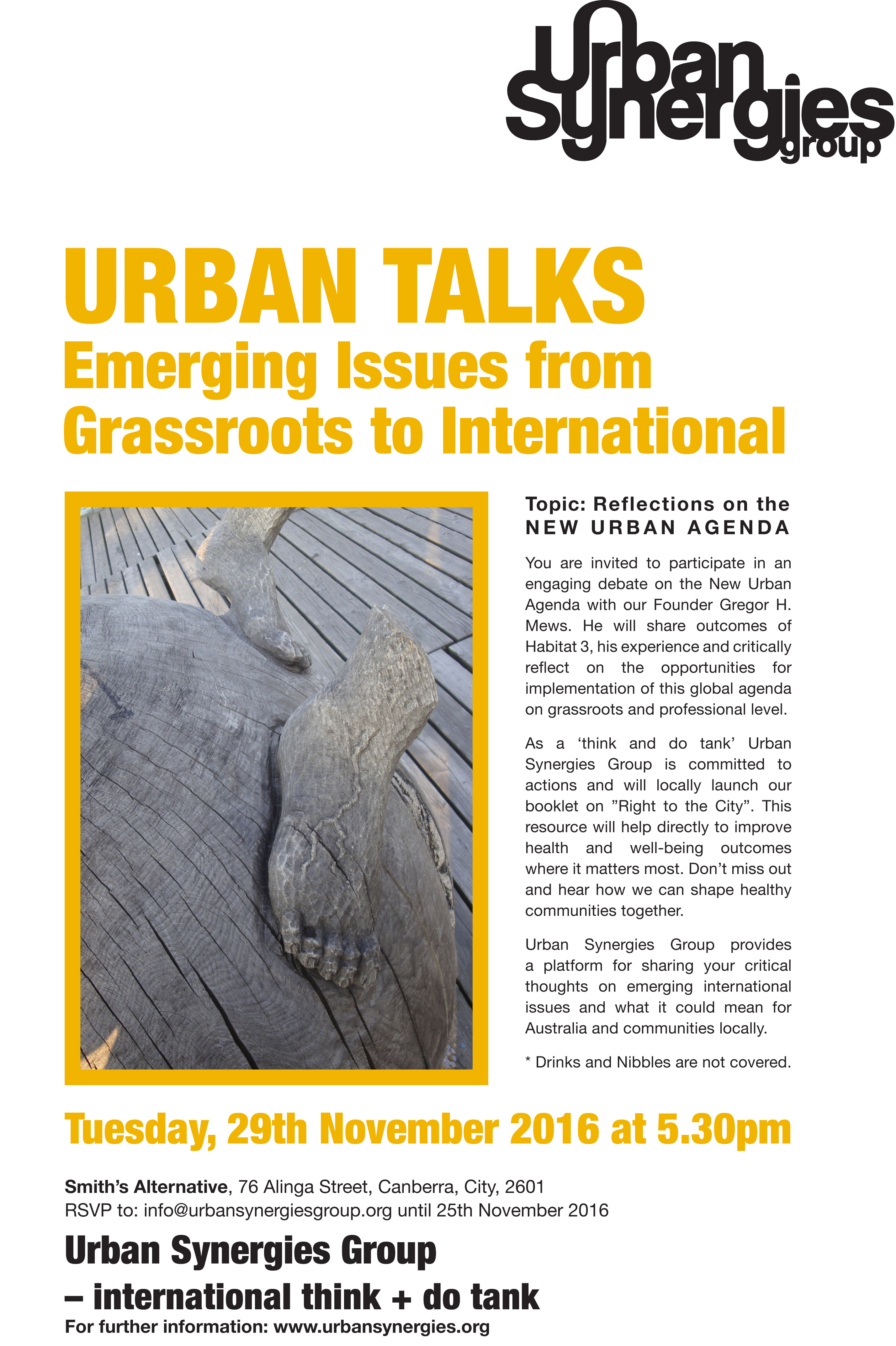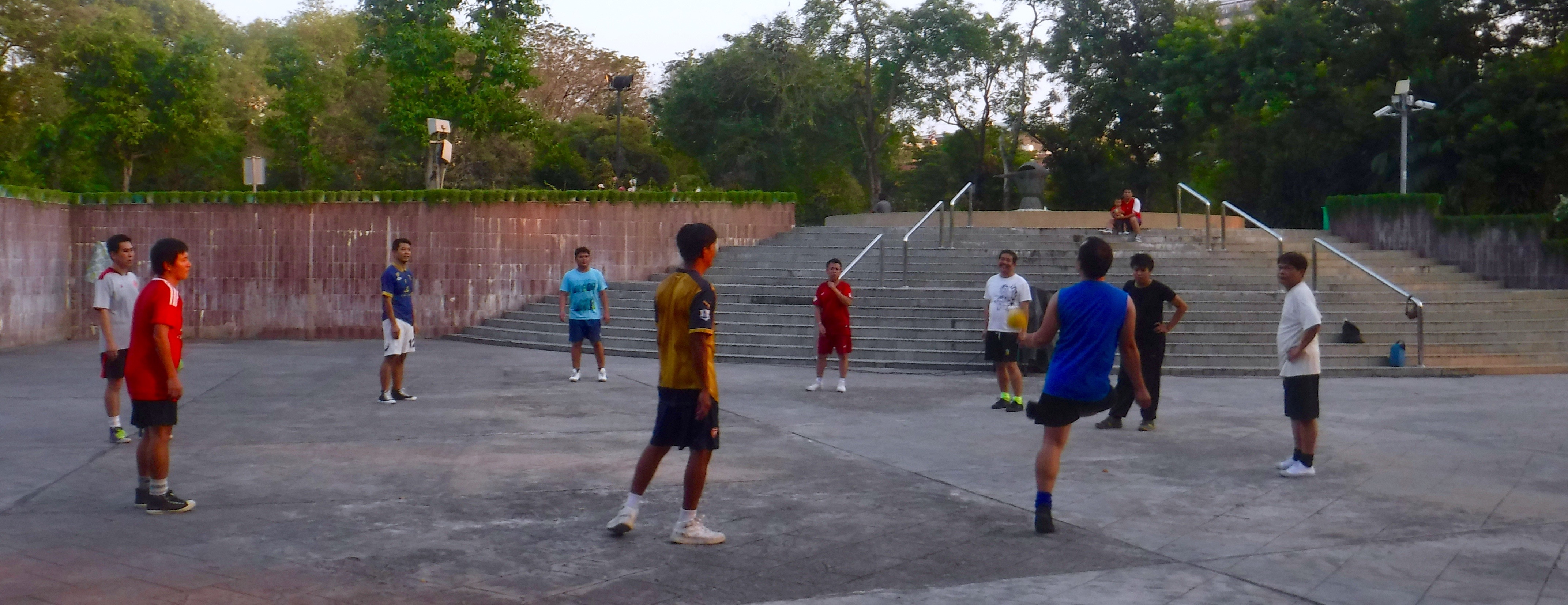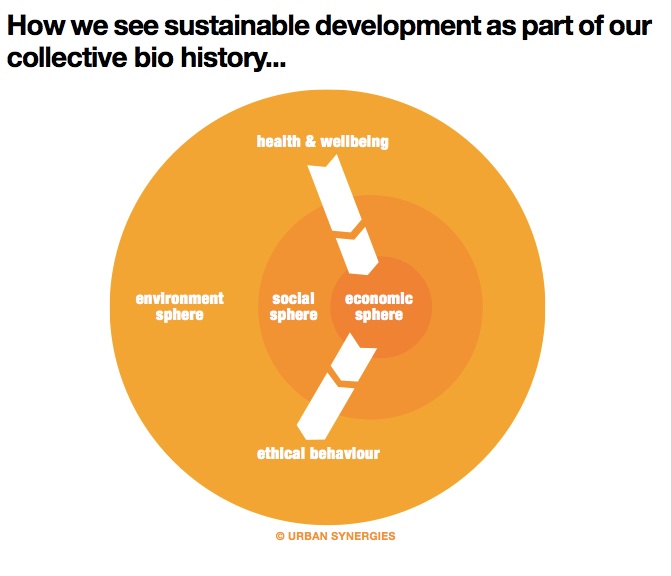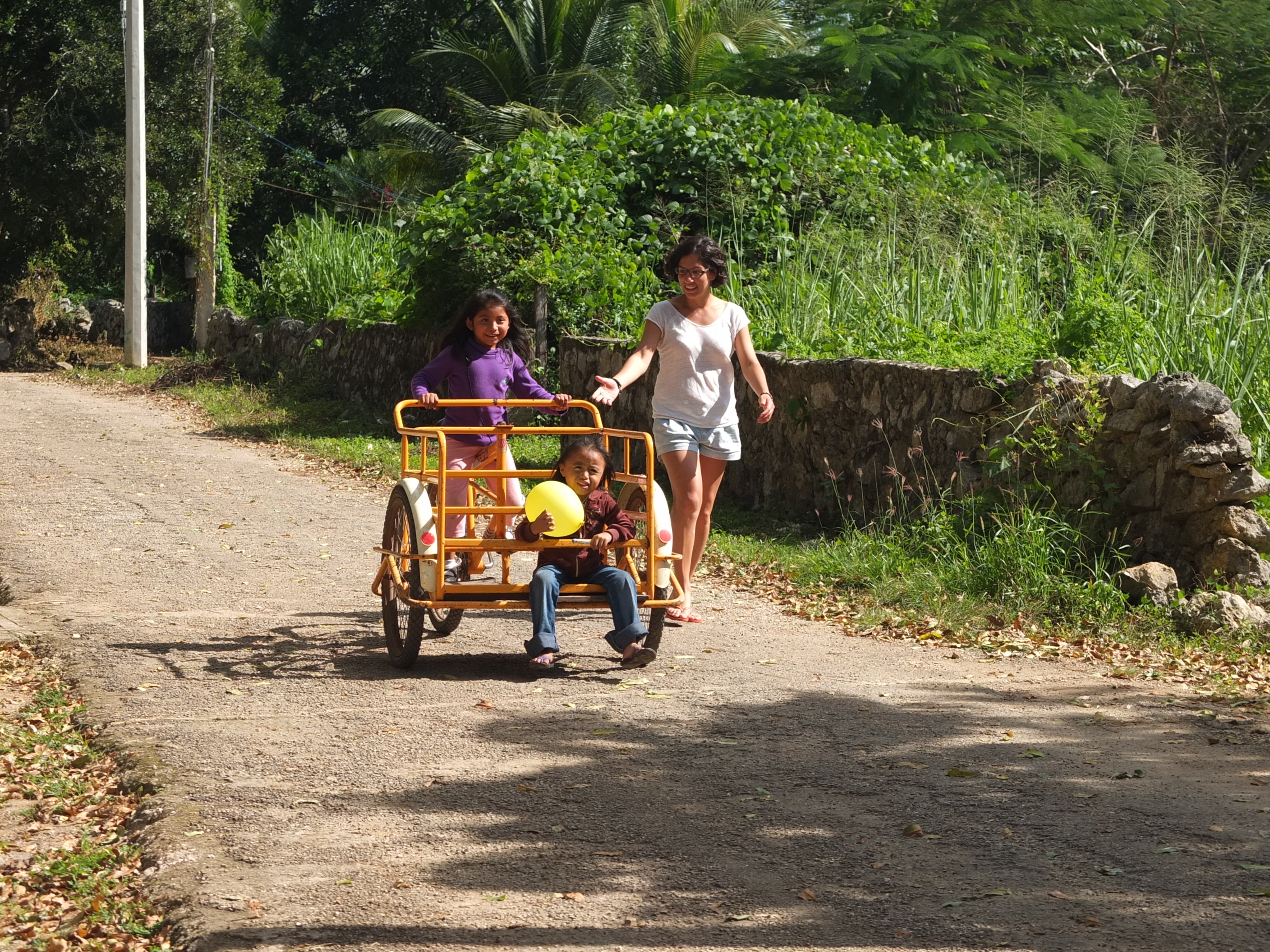The independent Green Economy Leaders Report for Stockholm, recently released by Phillip Rode from LSE cities program might be interesting to inform and cross reference our progress in Canberra. See http://files.lsecities.net/files/2013/06/LSE-2013-Stockholm-Final-Report-webhighres.pdf
I found the following key finding particularly interesting in the chapter and policy response on market failure:
Built form and sustainable transport integration: ‘Stockholm could consider further ‘push’ policies to reduce car ownership and car use by introducing car-free developments and additional restrictive measures. Related ‘pull’ policies could include the promotion of bus travel (Bus Rapid Transit, bus lanes and bus corridors), further multi-modal integration, and a comprehensive cycle strategy. Finally, significant potential exists for the redistribution of public street space from private car use to public transport and walking with a focus on shifting travel patterns from private motorised to public or non-motorised travel.’
Cost/benefit analysis: Narrow cost benefit analyses on the impact of green policies on economic growth often fail to provide the whole economic picture; both the socio-economic costs of negative externalities (eg from climate change and local pollution) and the wider benefits that green cities can foster (eg attracting young entrepreneurs and skilled professionals through a green, high tech urban environment) are generally underestimated or entirely ignored. Indirect costs of green policies on the wider economy are also challenging to measure quantitatively.
Public private partnership: ‘In many cases, an efficient mechanism for public investment in green growth is through public private partnerships, with public funds leveraging investment from the private sector. Partnerships are not only effective means of raising capital, but also vehicles for knowledge sharing and collaboration innovation for solving technological challenges that no one firm, research institute or government department can solve alone. Examples include public private waste policy programmes in Durban, eco-district innovations in Portland, Oregon and the city governments of London and Berlin bringing together the large range of actors needed to make electric mobility succeed economically and environmentally.’
Recently published in Australian Urban Design Forum – More under the following link:
http://udf.org.au/udf-quarterly/udfq-102-june-2013/article/green-economy-leaders-report/



